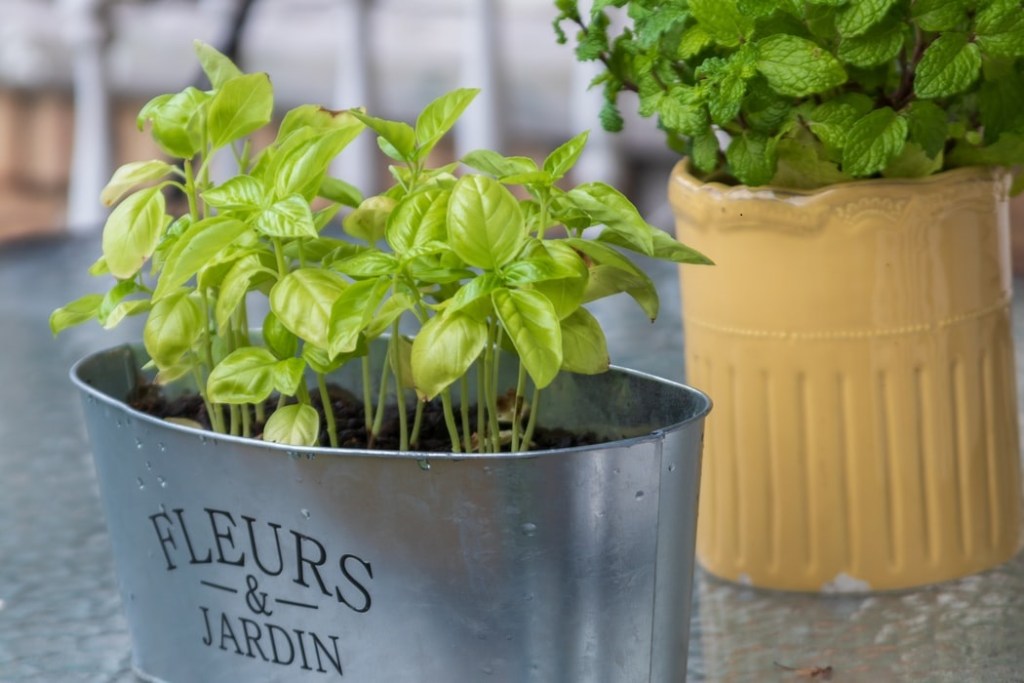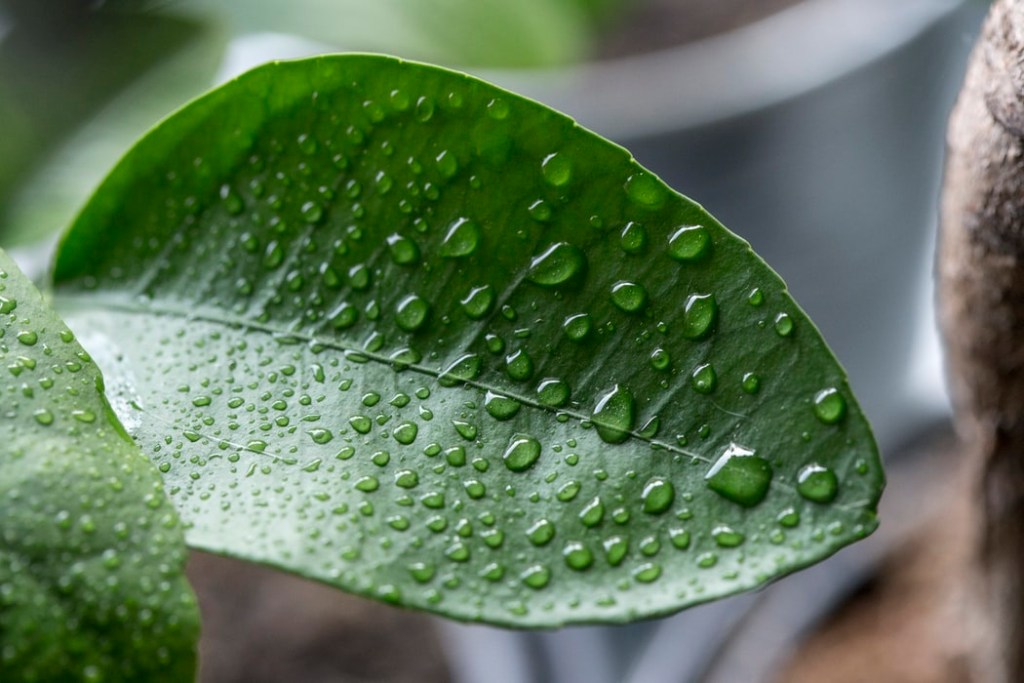If there’s one thing Earth Day reminds us of, it’s why we love gardening. After all, every weed we pull, plant we nurture and bee we encourage to visit our flowers is a small show of love and care for our planet. But did you know there are ways of making your garden even more sustainable?
Creating a sustainable garden doesn’t necessarily mean scrapping your current routine and setup entirely. Start going green by reusing and repurposing available resources, whether it’s turning kitchen scraps into compost or collecting rainwater for watering plants. These are our favorite ways to make home gardening greener every day, no matter what kind of plants you love to grow.

Start a compost pile
Composting is a great way to repurpose organic material at home. Compost bins come in different dimension, so you can be sure to find the perfect-sized container for your home. Some communities also have a communal compost bin, so check your local area to see if one exists.
Use kitchen scraps, dried leaves, and yard clippings for composting. Instead of throwing them in the trash, you can now use them to fertilize your soil. Compost will feed your plants with nutrients so they can grow healthy roots, and will also help with soil texture and water retention – meaning less watering, another green bonus. You can also introduce earthworms to the mix to create a worm bin, and these critters will convert food scraps into nutrient-rich castings.

Set up a rain barrel
Collecting rainwater will not only save water, but also help you with your water bill as well. Plus, plants will appreciate the chlorine-free, mineral water provided by nature.
All you need is a large container and a screen. Set up your barrel as soon as you can, since it might take a while to get enough water to sufficiently soak your plants. Use a screen over your container to filter out debris, animal droppings, and insects. Be sure to clean off the screen filter after each rainstorm to avoid contamination, and inspect the water for any signs of excess debris.
In addition to using rainwater for watering, there are other ways you can conserve water. Water your outdoor plants in the morning when it’s cooler, as water is more likely to evaporate in warm conditions instead of traveling to and nourishing your plants. Also consider using mulch, ground cover, and compost to help your soil hold water better.
Reduce your lawn space
Maintaining a green lawn requires a lot of fertilizer, water, and herbicidal measures on top of manual labor. You don’t need to remove all of your lawn immediately, but consider allocating some of your space to easy-care ornamental grasses, shrubs, or mosses that require less maintenance.
Cut down on plastic
You don’t need to get rid of every plastic item in your garden, but if you need to buy new tools, consider purchasing non-plastic ones instead. For example, use wooden sticks for labeling plants and metal watering cans instead of plastic ones. Recycle plastic nursery pots either at home or through a local recycling program.
Consider trading cuttings with other gardeners instead of immediately buying a new plant with a container. You can also start plants from seeds (which usually come in paper packets) and germinate them in biodegradable trays.
Plant native species
Plants native to your region are more sustainable – they typically require less water and are more adjusted to the climate and soil of your area. They are also more likely to survive without fertilizers, pesticides, and soil additives so you won’t have to bring in extra resources or use potentially damaging chemicals on your garden. Native plants will also provide shelter for native insects and birds, which goes a long way in promoting the ecosystem.

Start an organic garden
Produce may travel long distances on trucks and planes before it gets to your local grocery store. By growing food right at home, you can lessen your carbon footprint. If you don’t have the time or space to commit to a whole garden of vegetable beds, start a container garden with easy-to-grow herbs. Likewise, you can also join a community garden. As you volunteer some time and materials, you can share access to healthy and fresh food with your local area.
While building a more sustainable garden for Earth Day can be intimidating, it can begin with small, attainable changes to your planting routine. Reuse what you already have and integrate easy-care plants to use less resources. We all have to do our part, and this is a great way to do just that.
Editors' Recommendations
- 6 tips you should keep in mind when building your own drought-tolerant garden
- Real vs. fake Christmas trees: Which is friendlier to the environment?
- Indoor gardening: Hydroponics growing tips for any plant
- Where to buy seed potatoes for your garden
- Are mulched leaves good for grass? Here’s how to mulch a lawn full of leaves this fall



